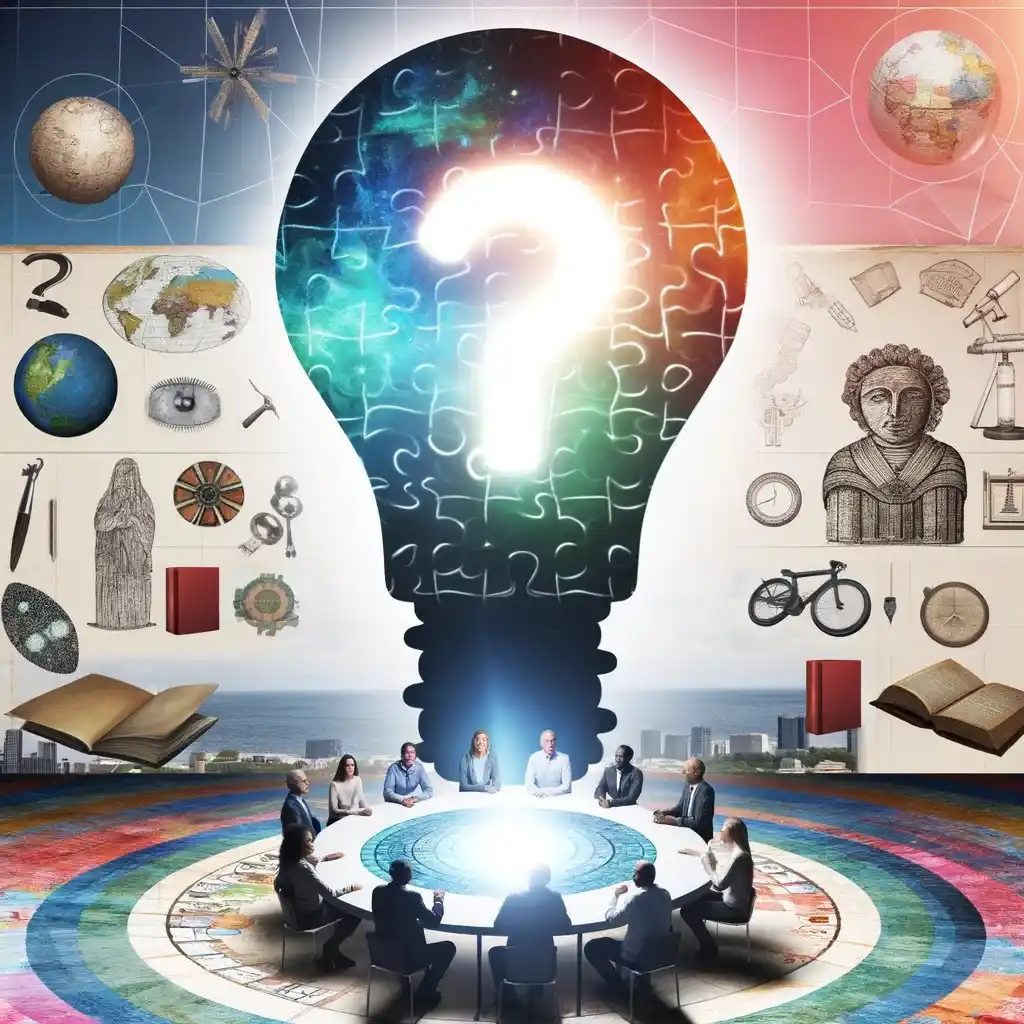 Talk to Us!
Talk to Us!
In the context of Theory of Knowledge (TOK), the concept of “explanation” refers to the process or act of making something clear or understandable. An explanation in TOK seeks to shed light on how and why certain phenomena occur, and it is closely linked to the ways we acquire and validate knowledge. Explanations are fundamental across all areas of knowledge, from the natural sciences, where they might involve causal relationships, to the human sciences, where they might explore social or psychological processes.
IBDP Past Papers & Mock Tests 📑
This post has a comprehensive coverage of 6928 words content:
Table of contents
- The meaning and definition of Explanation through specific theories
- Explanation in different AOKs
- Relevant knowledge questions (KQs) on Eplanation
- Discussion of a KQ on Explanation through the knowledge framework-scope, perspectives, methods and tools, ethics
- Classroom activities on the TOK concept Explanation
- How Explanation can be used in discussing AOKs in TOK essay
- How Explanation can be used to justify the inclusion for an object in TOK exhibition
IBDP Predicted Grades Improvement 📈
Connection to Relevant Theories:
- Causal Explanation (Causation Theory):
- Causation theory focuses on identifying the cause-and-effect relationships that lead to certain outcomes. In the natural sciences, for instance, causal explanations are key to understanding physical processes. This theory asserts that explanations require a connection between cause and effect, where the cause precedes and brings about the effect.
- Statistical Explanation:
- In areas like epidemiology or sociology, explanations often rely on statistical correlations to understand trends and patterns. While these explanations might not pinpoint a direct cause, they offer insights into the likelihood of certain outcomes based on observed data, emphasizing probabilistic rather than deterministic relationships.
- Functional Explanation:
- Often used in biology and anthropology, functional explanations describe why a trait, behavior, or institution exists in terms of its purpose or role within a system. For example, explaining the role of photosynthesis in plants or the function of rituals in social cohesion. This approach is closely related to teleological reasoning, which looks at the ends or purposes served by phenomena.
- Historical Explanation:
- This type of explanation is prevalent in history and some areas of the human sciences, where understanding a phenomenon requires tracing its development over time. Historical explanations consider the sequence of events and conditions that lead to a particular outcome, emphasizing context and change.
- Reductive Explanation:
- Reductive explanations aim to understand complex systems by breaking them down into their constituent parts. This approach is common in fields like neuroscience, where complex behaviors or mental states might be explained in terms of neural activity. It operates on the principle that understanding the parts can offer insights into the whole.
- Systems Thinking:
- Contrary to reductive explanations, systems thinking approaches phenomena as parts of a broader system, emphasizing interactions and interdependencies. It’s a holistic approach to explanation that is increasingly used in environmental studies, organizational theory, and beyond, where understanding the interactions within a system is crucial to explaining the behavior of the system as a whole.





